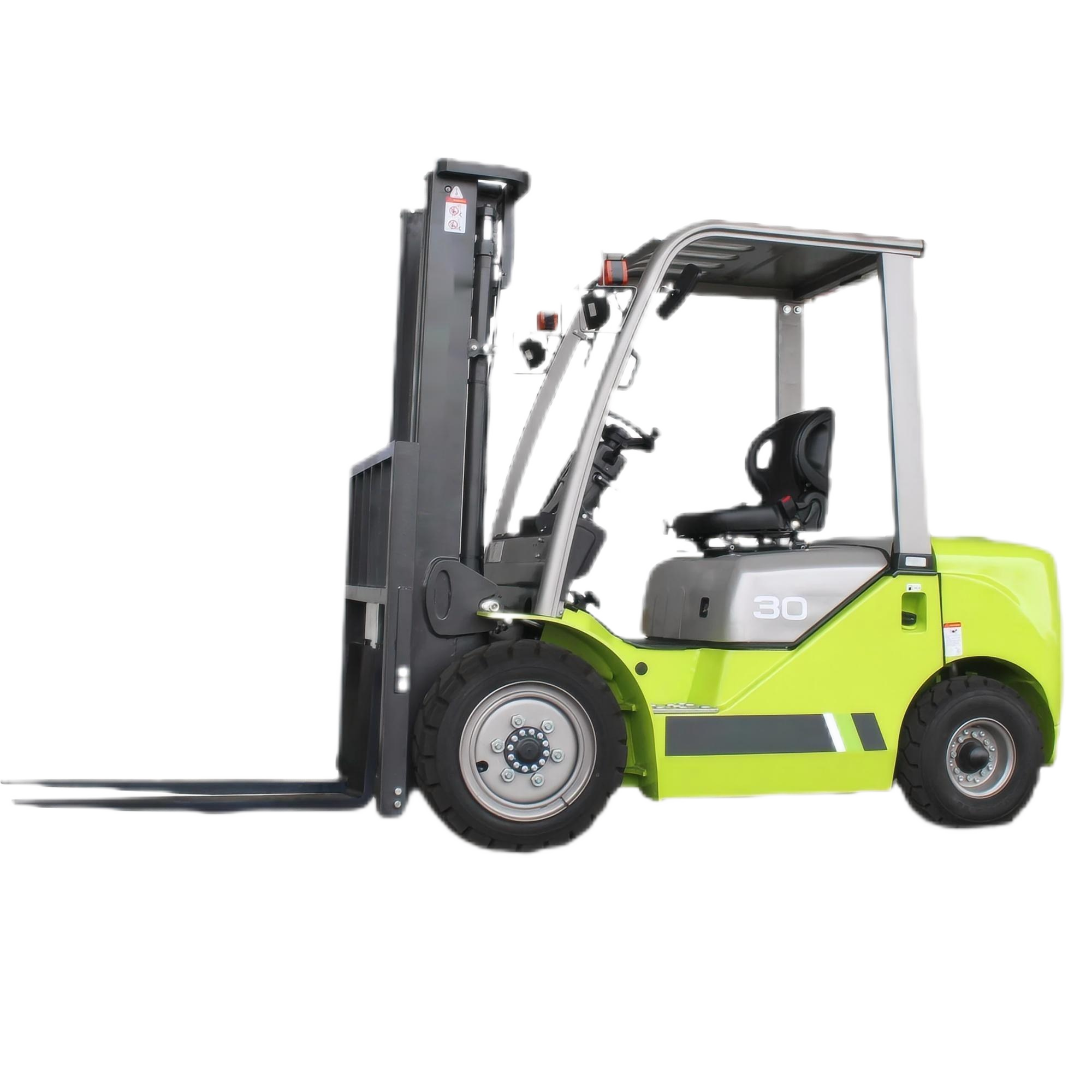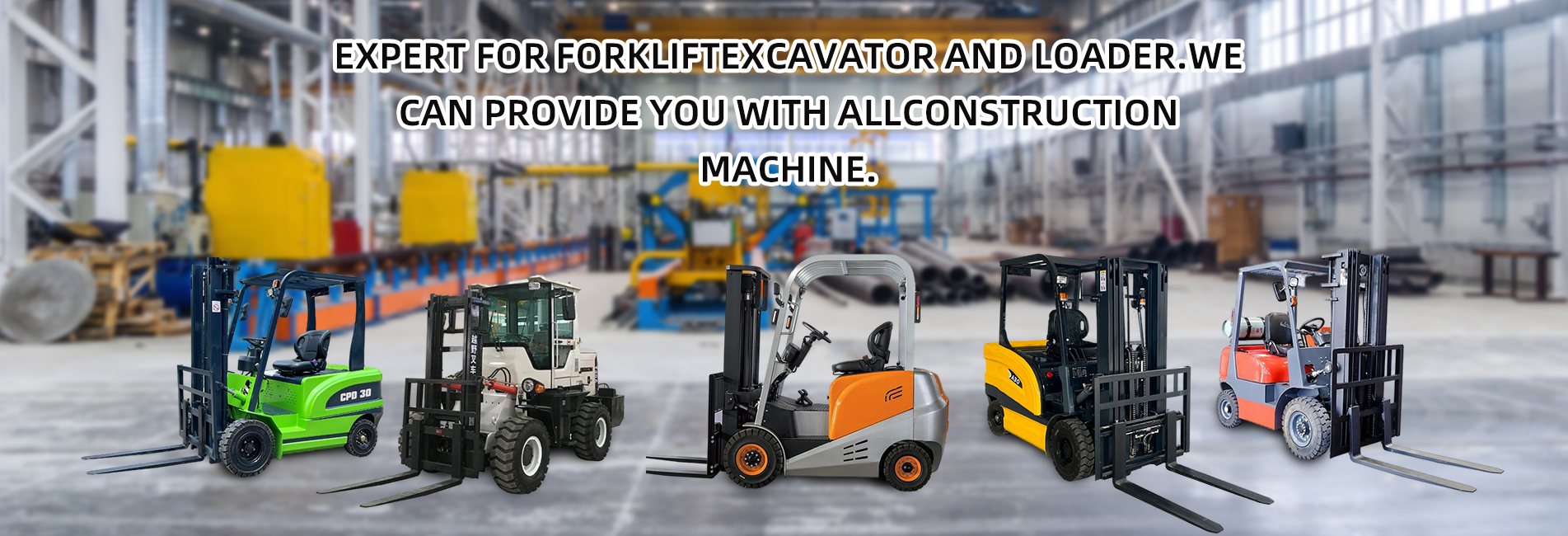Tonnage Differences and Core Applications
Load Capacity

- 1-ton Electric Forklift: Rated load capacity of 1 ton, suitable for light-duty scenarios such as warehouse picking, express sorting, etc.
- 3-ton Electric Forklift: Rated load capacity of 3 tons, capable of handling heavy equipment, port loading/unloading, etc., with a load capacity three times that of the 1-ton model.
Structural Design
- 1-ton Forklift: Often features narrow-aisle design (turning radius ≤1.68 meters), compact size, ideal for narrow spaces.
- 3-ton Forklift: Typically adopts a counterbalanced design with heavier counterweights, lifting height up to 3-6 meters, but larger turning radius (≈2.46 meters) .
Scenario Comparison
Performance Parameters & Cost Analysis
Energy Consumption & Range
- 1-ton: Full charge lasts 4-6 hours, supports fast charging (80% in 1 hour), suitable for short, high-frequency operations.
- 3-ton: Reduced range to 2-4 hours, requires larger batteries (e.g., 80V/500Ah), but longer cycle life (lithium iron phosphate up to 4,000 cycles).
Initial Cost & Maintenance
- 1-ton: Purchase price ~¥80,000-120,000, lower maintenance costs (20% lower failure rate).
- 3-ton: Price range ~¥150,000-250,000, but lower long-term maintenance costs (6-year total cost saves ¥120,000 vs. internal combustion trucks) .
Selection Recommendations
- Prioritize 1-ton: When single-item weight ≤1 ton and frequent narrow-space maneuvering is needed (e.g., e-commerce warehouses), or budget constraints exist with ≤5 hours of daily operation.
- Prioritize 3-ton: When handling heavy loads (e.g., steel, machinery) or high-racking operations (e.g.,), with high environmental standards (zero emissions, low noise) and long-term use (≥6 years).
- Compromise Solution: For fluctuating load weights, consider equipping a 3-ton forklift with spare batteries to balance flexibility and capacity needs.


